7-8 July 2023 From Essaouira in the south, I finally made it to Rabat, the capital of Morocco. Unlike the names of Marrakech and Casablanca, Rabat did not sound so familiar to me before I planned to come. A distance of 450 Km, blessed with some good highways, it should not take 8 hours but it did. On a slow local intercity bus, it picked up and dropped off passengers along the route but had no pitstop for the passengers for the entire journey. Now, that’s 10/10 customer service.
I checked into a guesthouse in the old city. Typical of other Moroccan cities, the depth of its history is defined by the medina, its survival story told by the old city walls and gates. Behind these walls were the throbbing activities of the market (the old souk). The merchandise has kept up with the time, and the crowd has exploded, but the same narrow cobbled stone streets, the old shops, and houses remained. The buildings were mostly painted white, as opposed to the red of Marrakech. It looks good without even having to try.
From the old souk, I walked up the alleys of white houses, all proudly done up and looking good. The historical citadel, Kasbah of the Odayas, is located on a hill at the mouth of the Bou Regreg River. At the top, the invigorating panoramic views of the sea, the river, and the few wide sandy beaches below awaited. The river looked tamed, luring young people to swim in it. Its’ promenade was a scenic walk to the historical Hasan Tower and Mausoleum. This is such a big and open space for fun and recreation, yet surrounded by history.
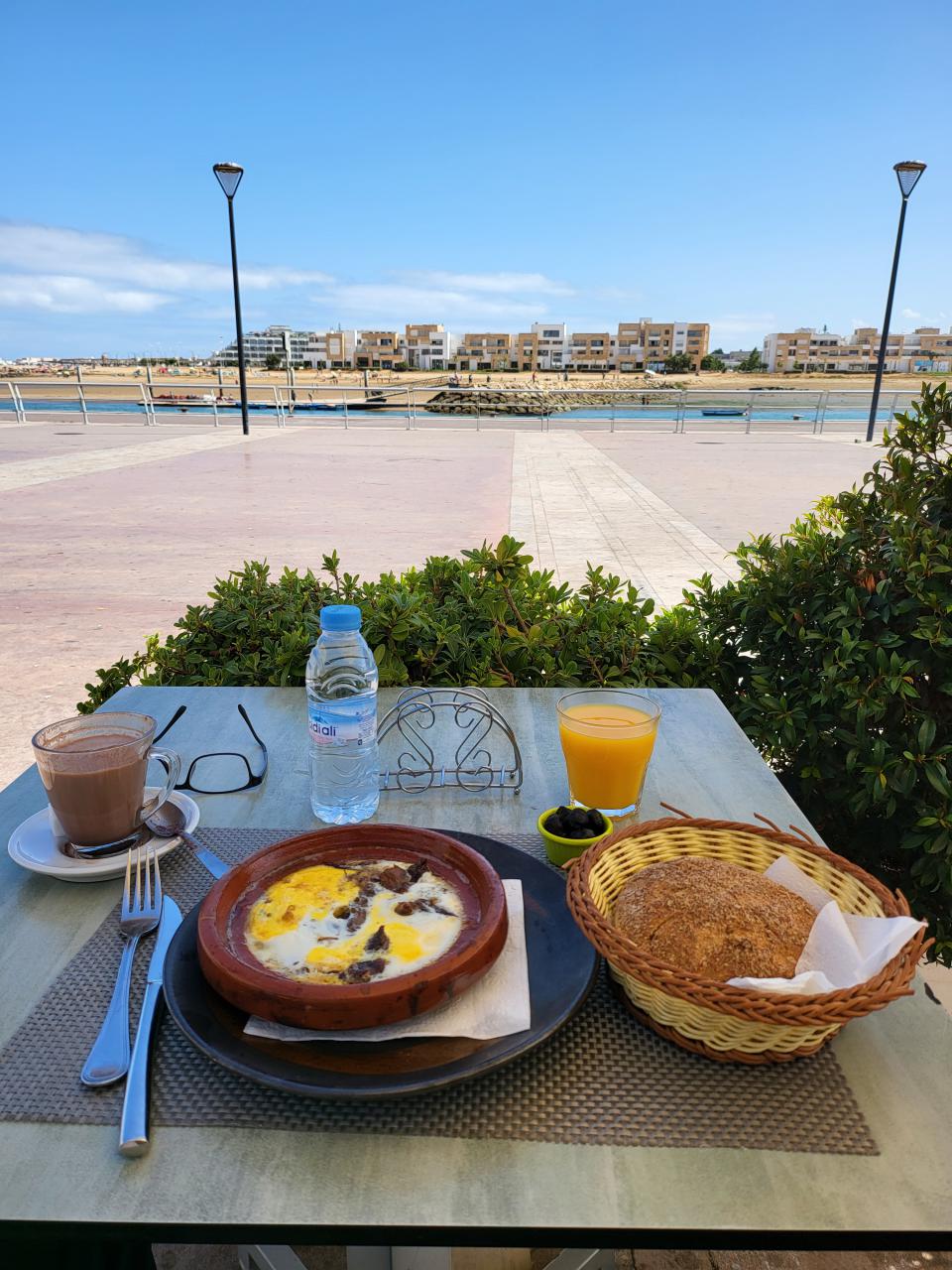
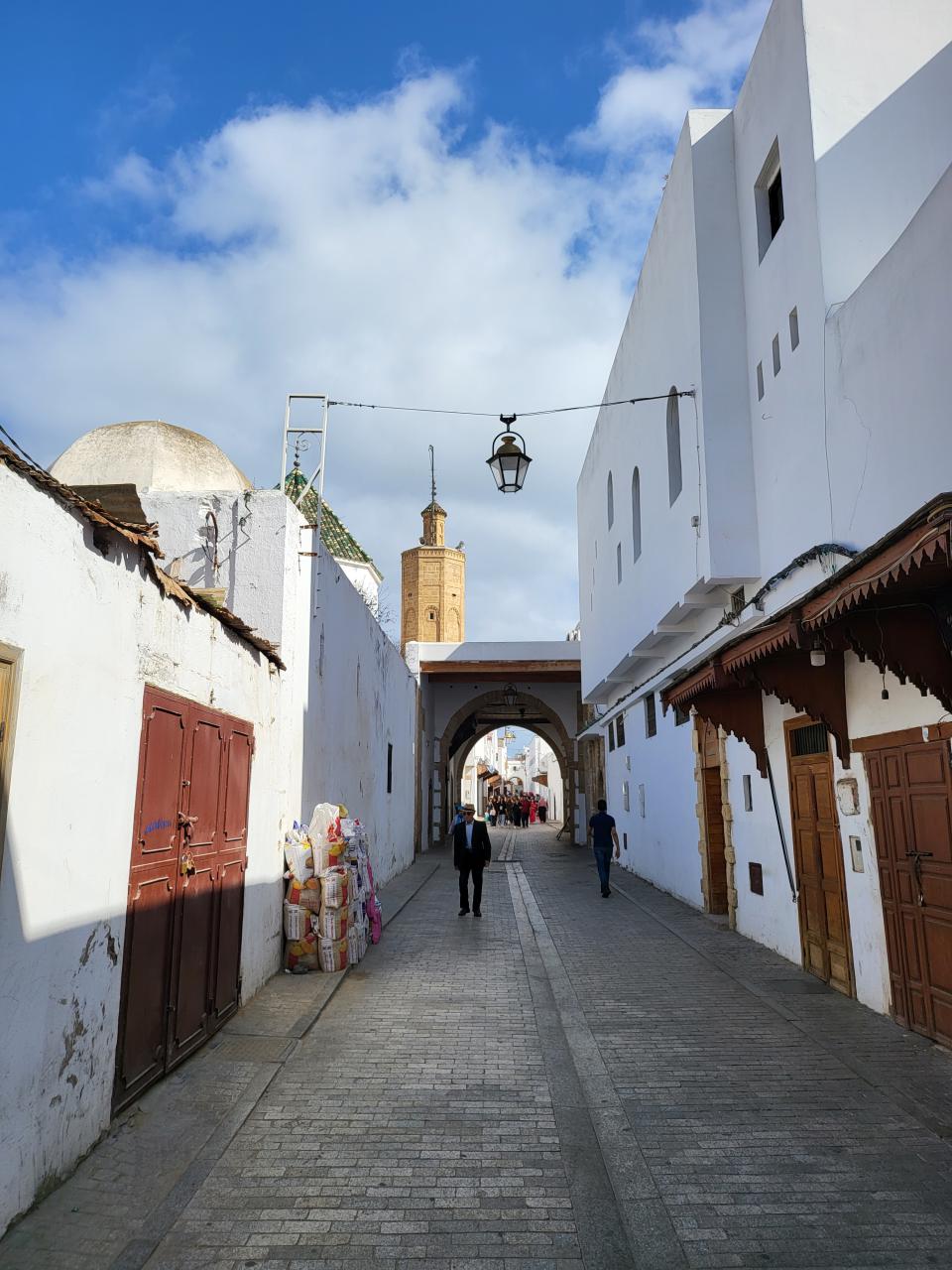
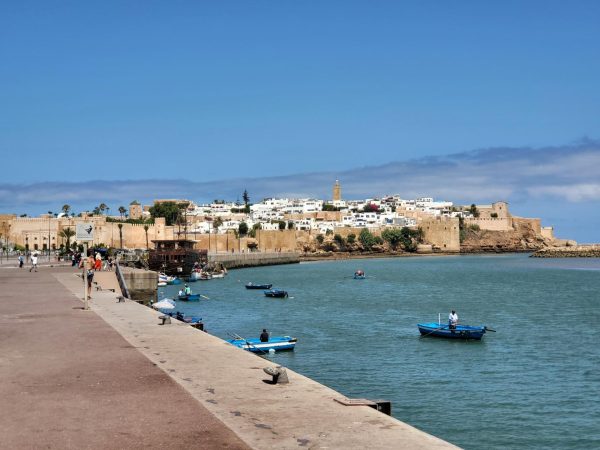
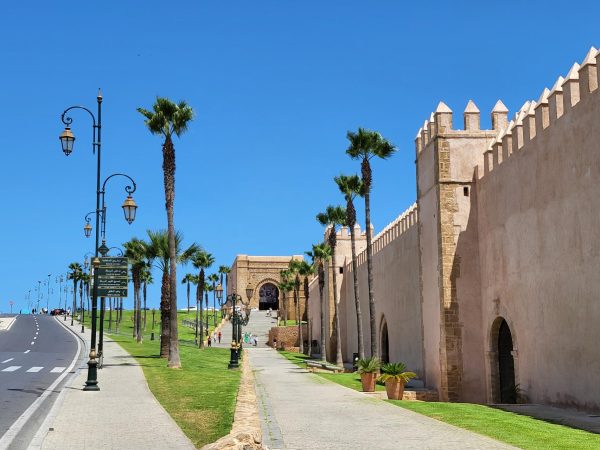
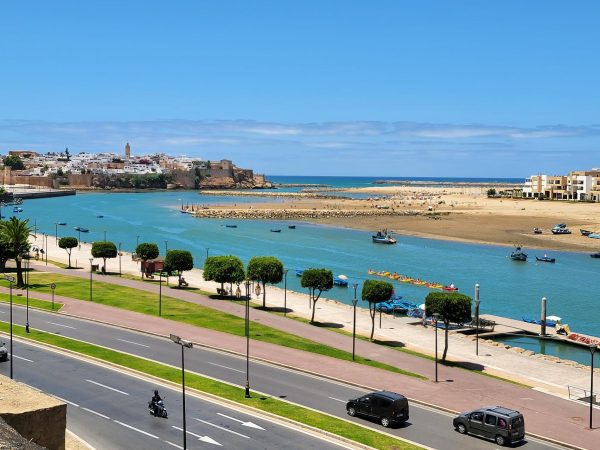
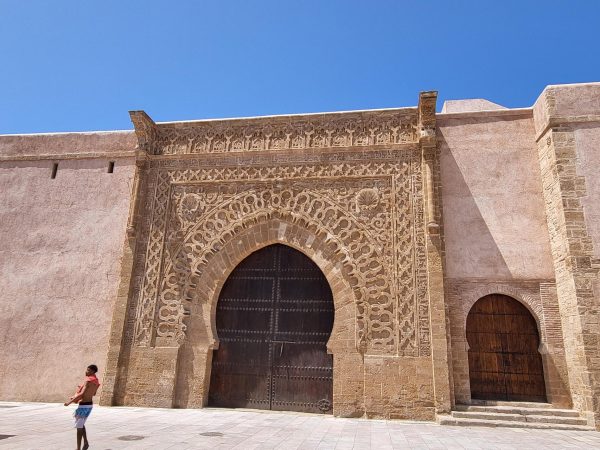
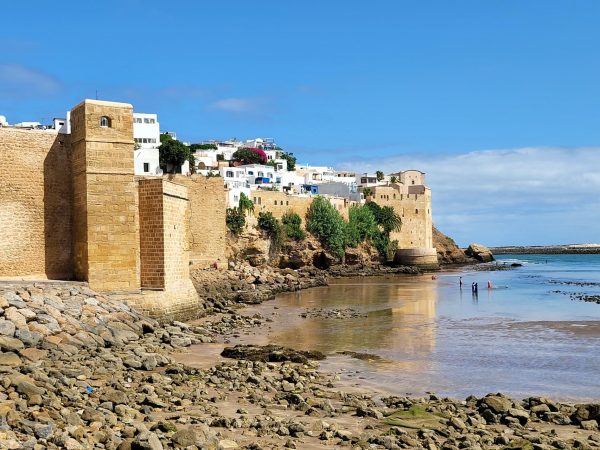
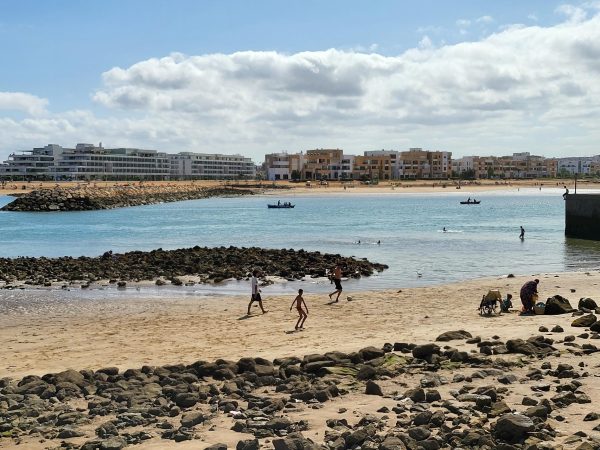
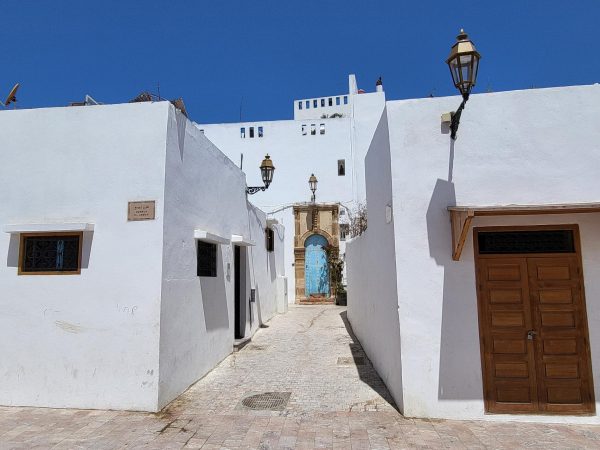
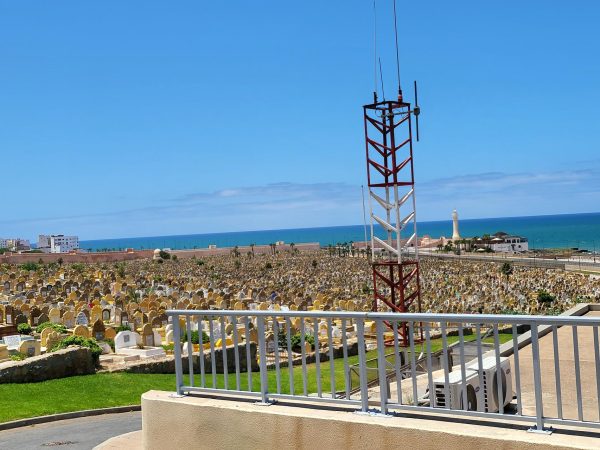
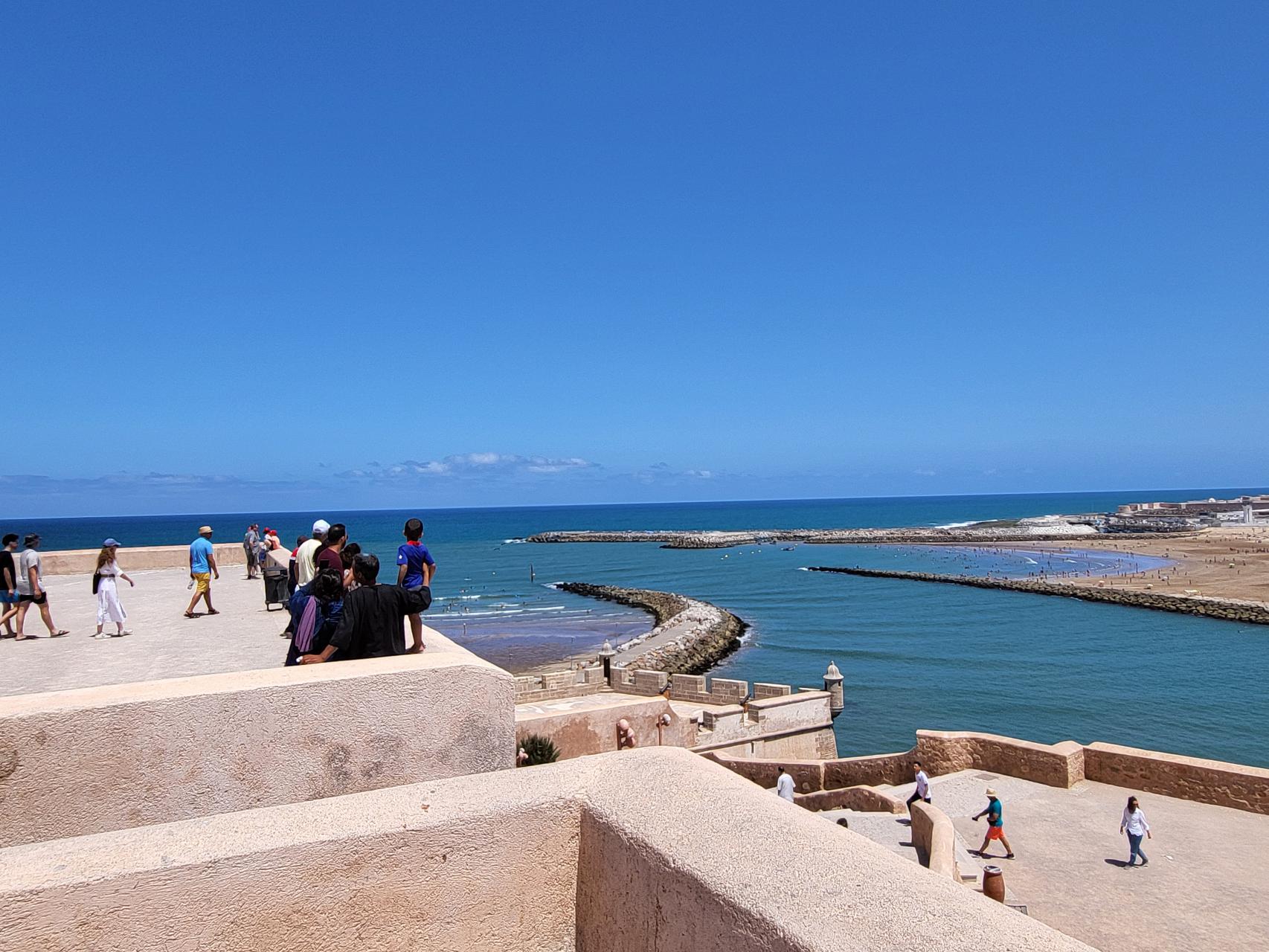
The city is rich in its Islamic and French-colonial heritage. Trams sliced through the old city, giving it a modern and futuristic look. Rabat, is deservedly Morocco’s capital.
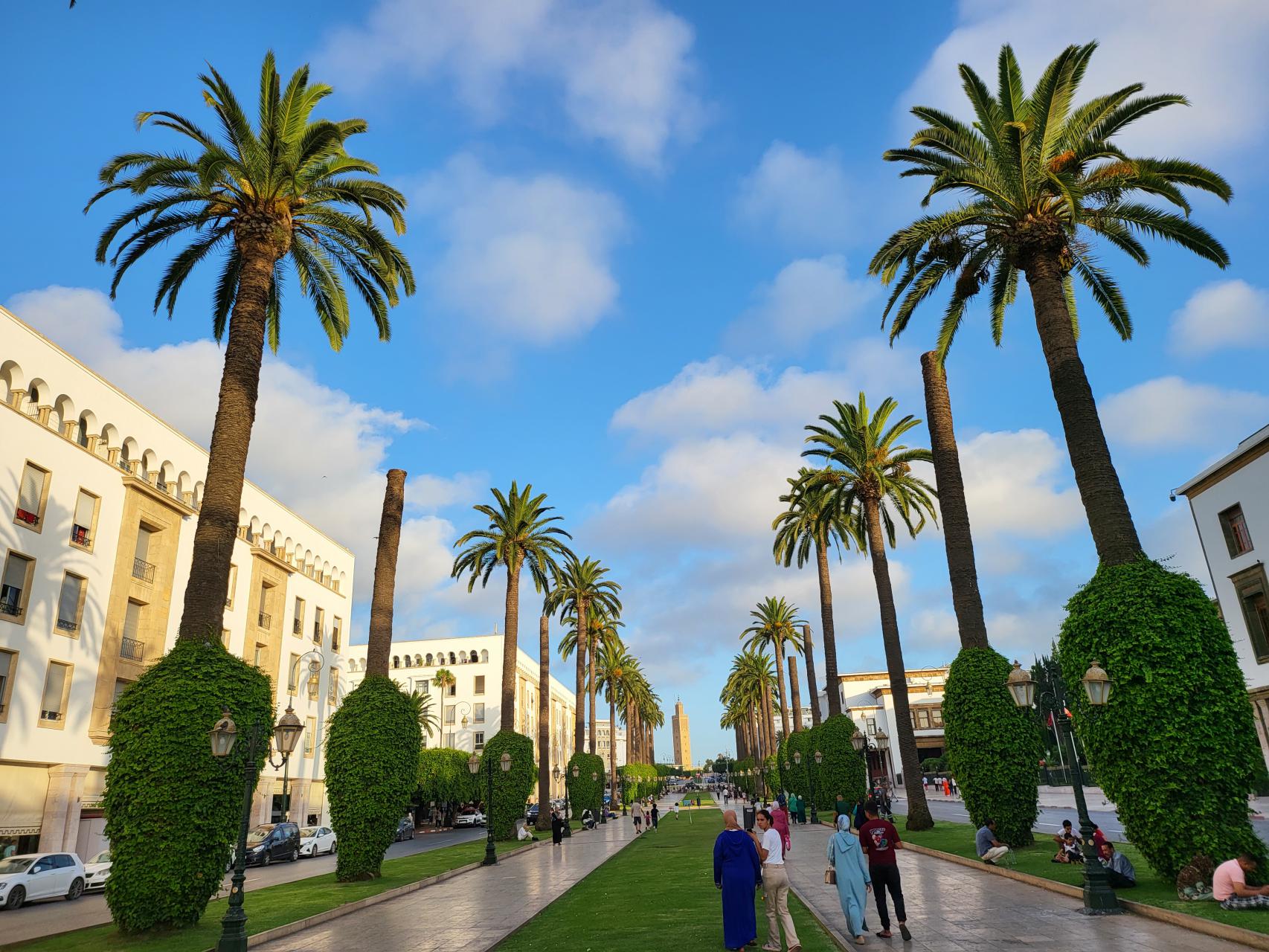
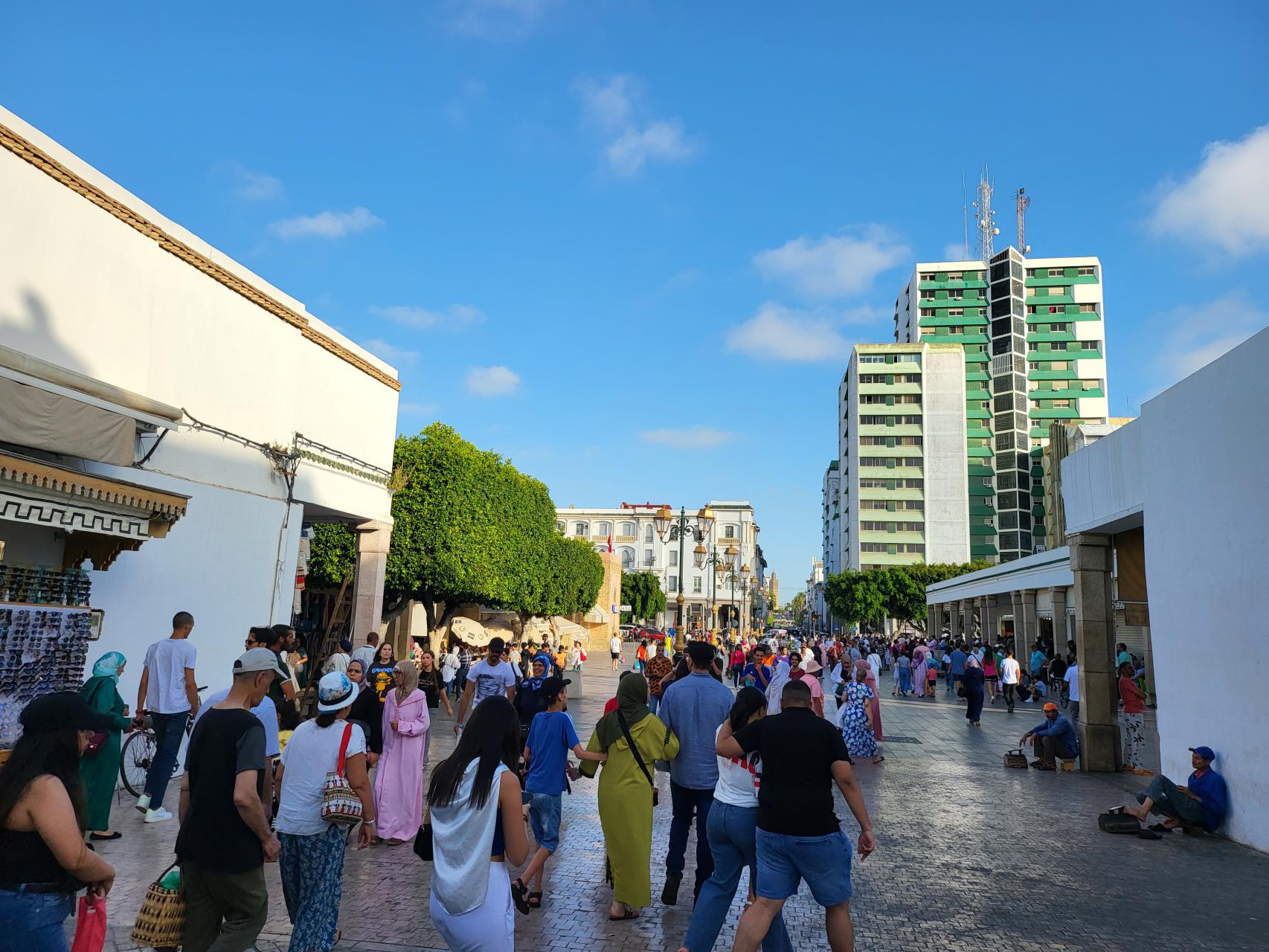
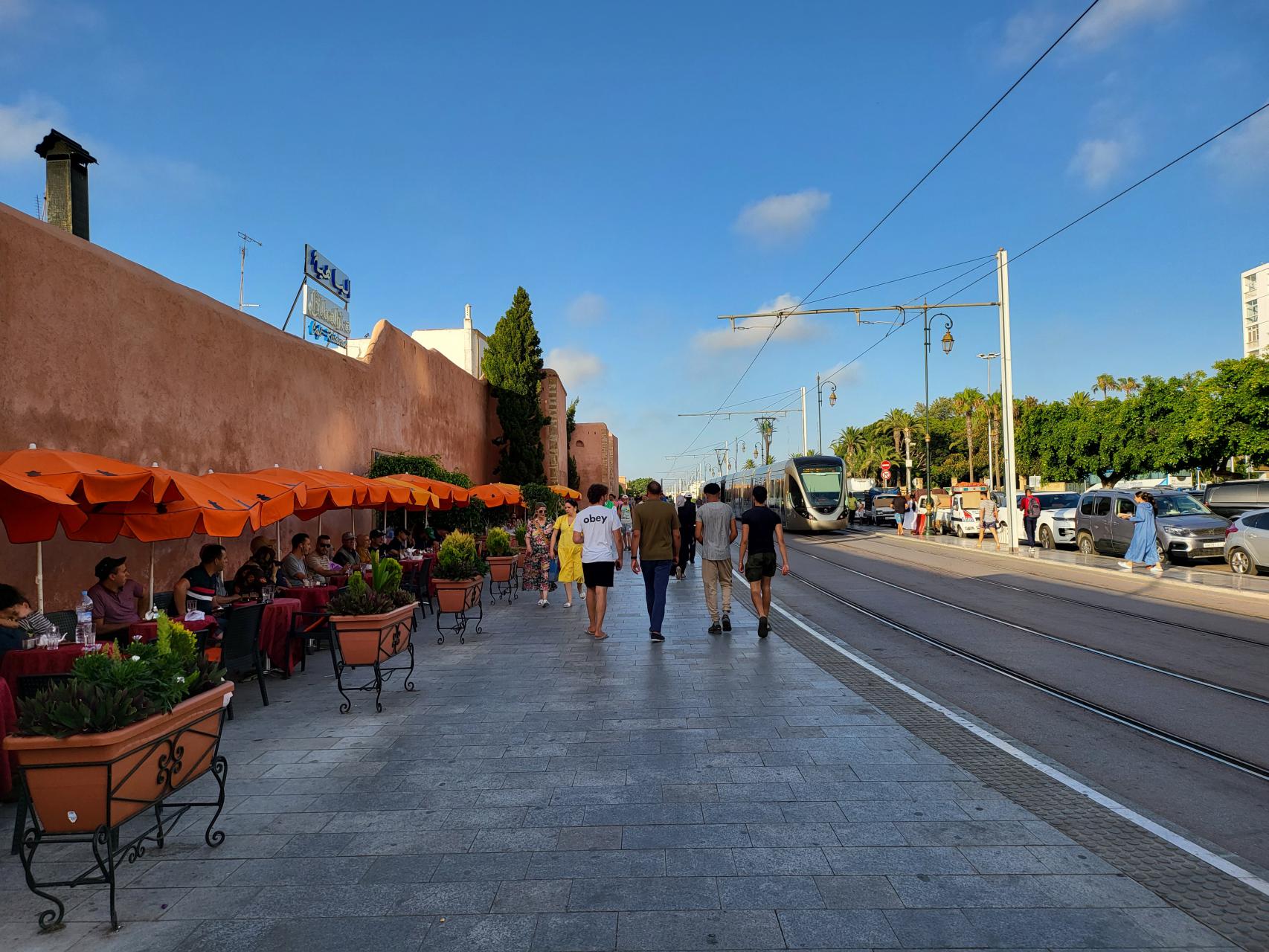
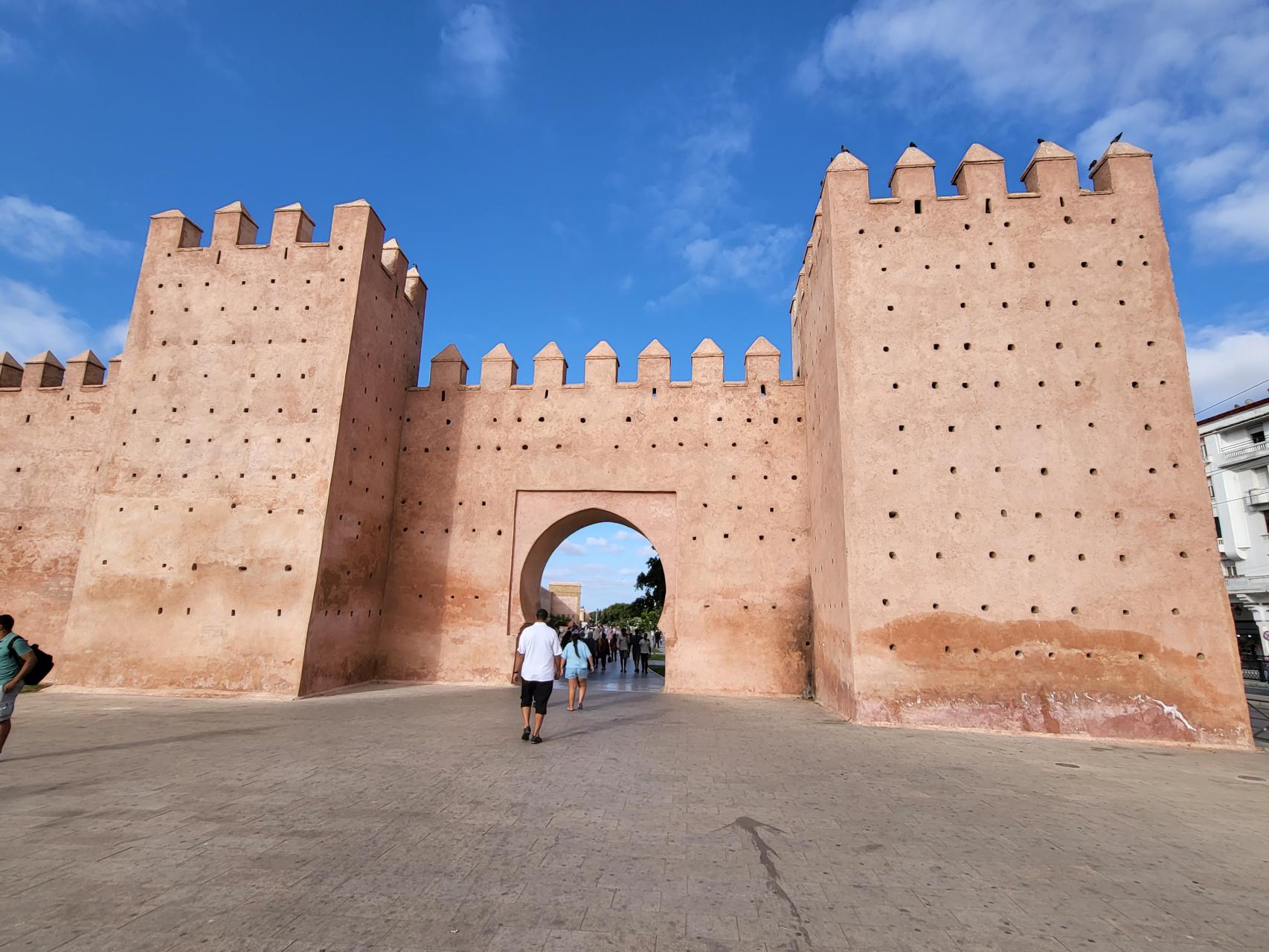
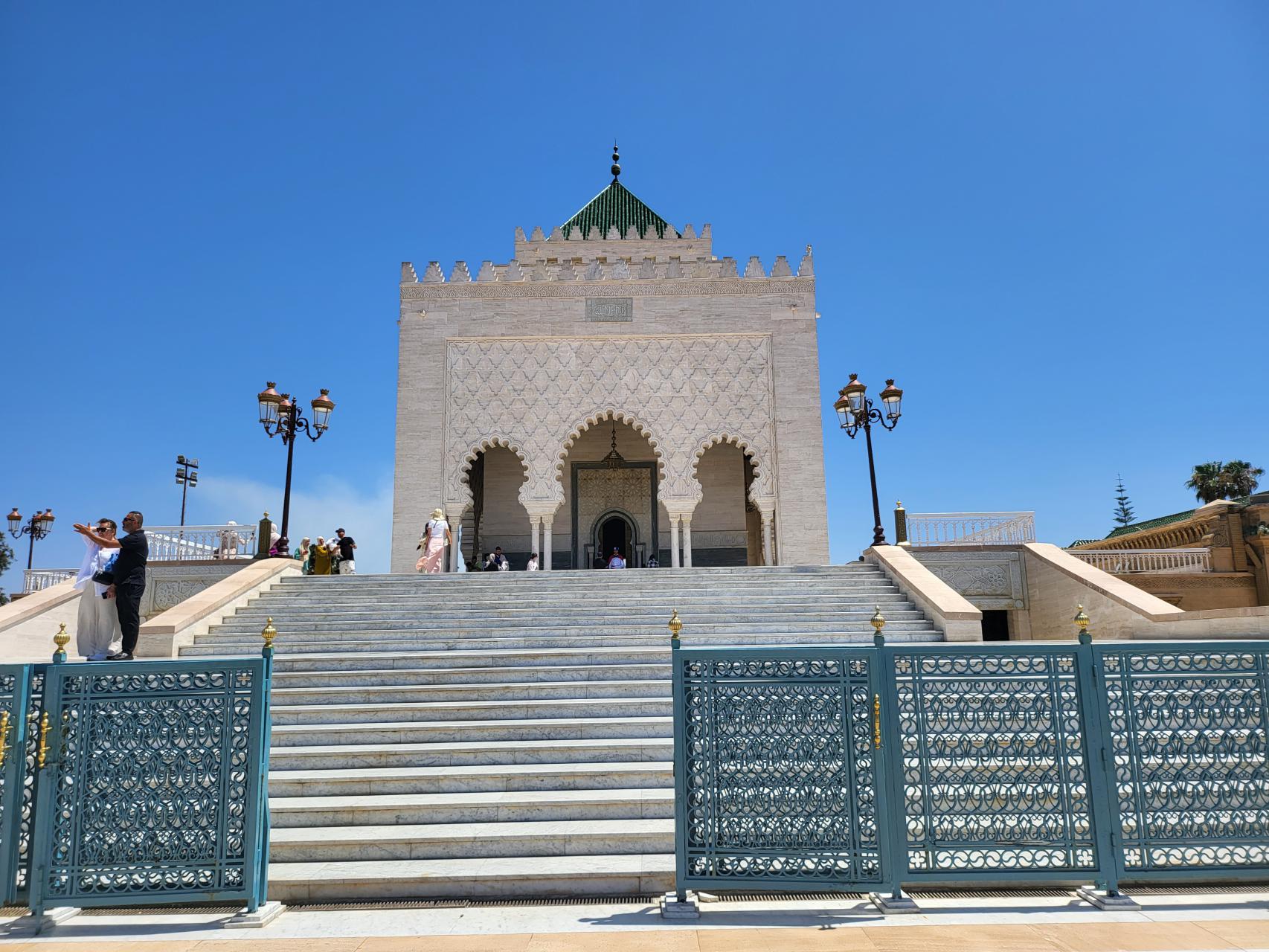
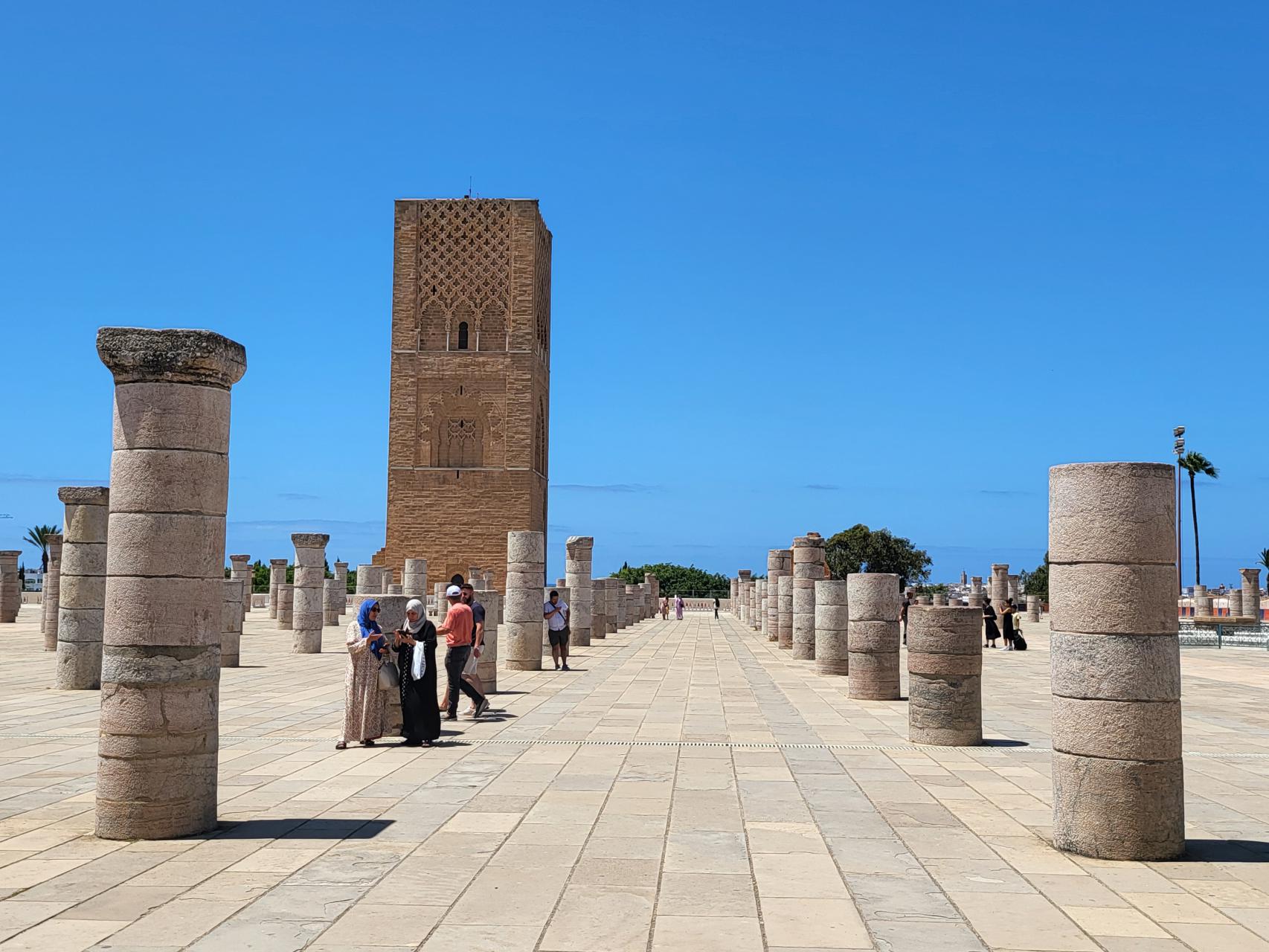
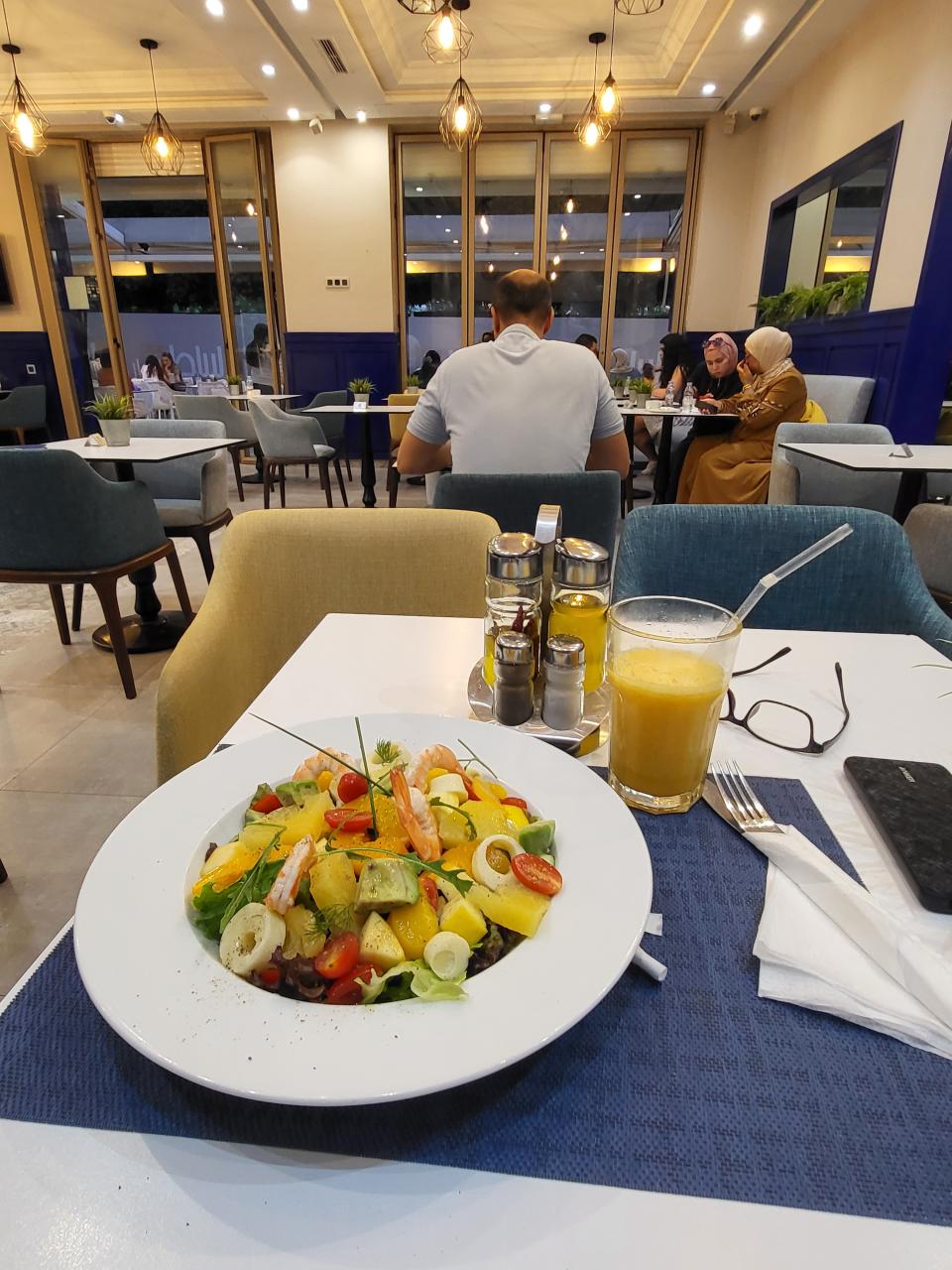
Click here to see all the stops on this trip
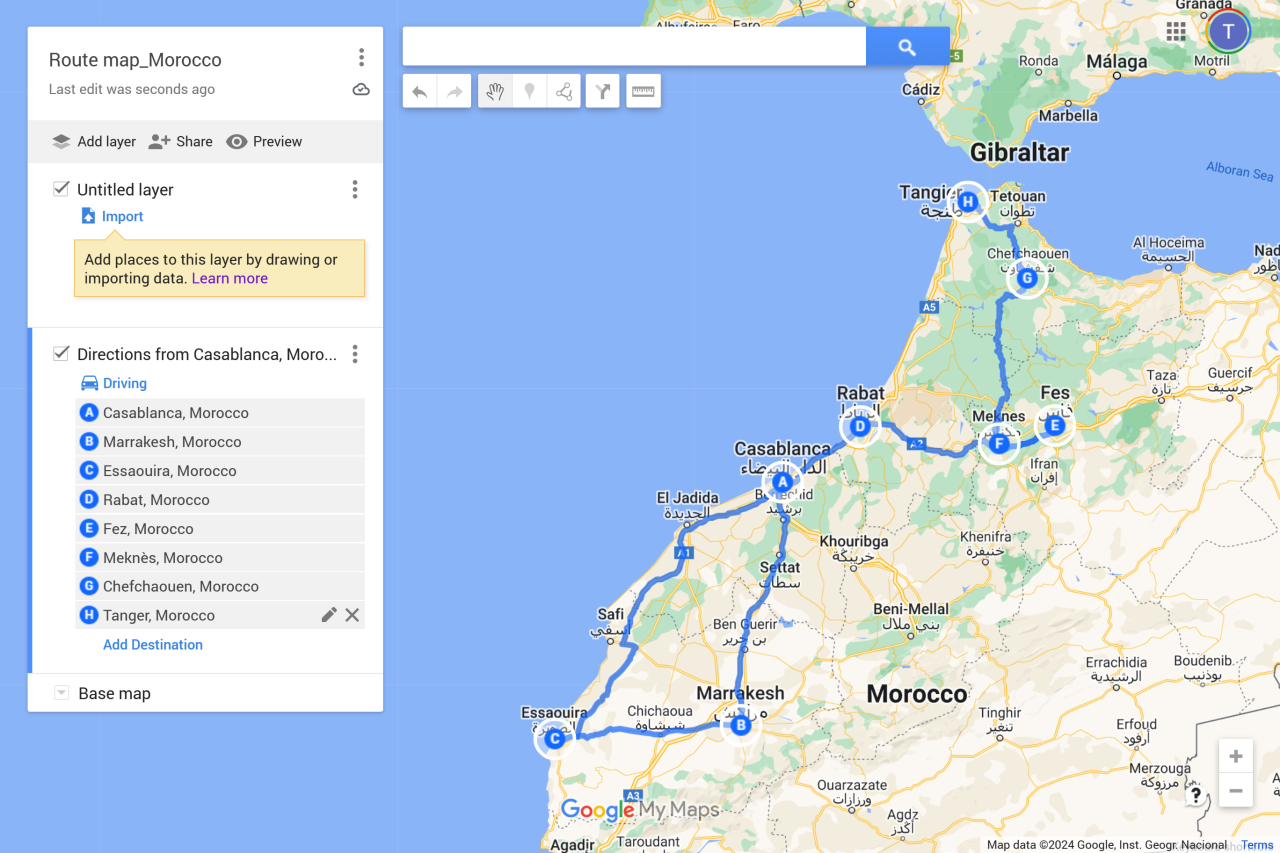
Just downloaded the app from tojaybetdownload! Super easy to install. The games run great on my phone. If you’re on the go a lot, this is perfect. Get the app! tojaybetdownload
Yo, check it out! I’ve been messing around on betappcassino and it’s kind of growing on me. The mobile app is smooth, which is a major plus. Plus, the bonuses are decent. If you’re always on the go, this might be a good option. betappcassino
Been playing on mu88ai for a few weeks now and I’m enjoying it! The platform is smooth and they have some cool tournaments. Give it a try! Check it out here: mu88ai
Looking for the 188bet apk can be a pain, but this site makes it easy. Clean download and no sketchy redirects. Happy betting! Get it here: 188betapk
Been using w88trangchu for a while now, and overall, I’m pretty happy with it. Nice selection of games, decent payouts. Check w88trangchu, pretty sure you won’t regret it.
667betapp, another app in the mix! I am excited by the possibilities this presents. Let’s hope there are enticing odds and seamless user experience. Let’s Get Betting: 667betapp
Gave candy stars a spin over at 777 casino. Loads of fun! Reminds me of the stuff my mom used to play. candy stars